The World's Biggest Beasts: Here and Gone (Photos)

Here: Polar Bear
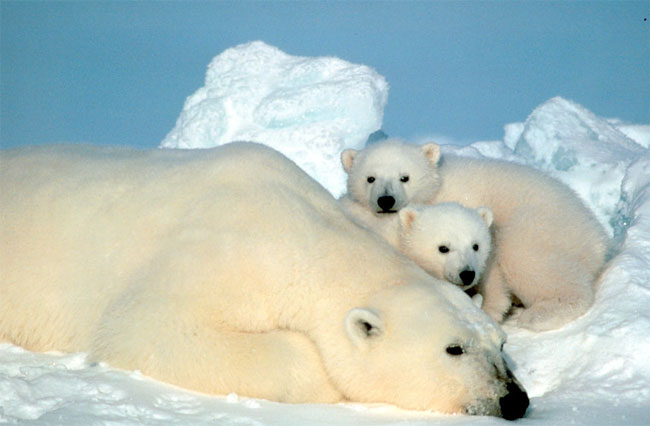
The largest animal to ever live is still around today. You'll find out what it is in this selected list of the biggest beasts, dead or alive. First: Polar bears are the largest species of bear and biggest carnivores on land. Males commonly weigh in around 1,300 pounds while females are typically smaller and weigh up to 650 pounds. Warming temperatures are shrinking the polar bear’s arctic habitat, and some scientists believe the bears could be extinct by the end of the century. Read on to learn about more huge beasts, some gone, some here, and some on the brink of extinction or threatened by habitat loss and poaching.
Gone: Giant Ape

Early humans probably did not want to run into this creature in the forest. The giant ape stood as tall as a basketball rim and weighed nearly 600 pounds (270 kg). We’re talking Bigfoot’s big brother. The giant apes seem to have disappeared around 100,000 years ago, according to the fossil record.
Here: Great White Shark

The great white shark is the world’s largest predatory fish and has a reputation for being a fierce and aggressive predator. While it’s unclear how many sharks remain, scientists consider great whites endangered and are trying to learn the sharks’ migration routes to improve conservation efforts.
Gone: Mega Shark

The bus-sized megalodon shark (compared here to a great white shark and a human) was the end of a run of giant sharks that died out 2-3 million years ago. Some scientists believe it is the ancestor of today’s most vicious sharks, the great whites.
Here: Elephant
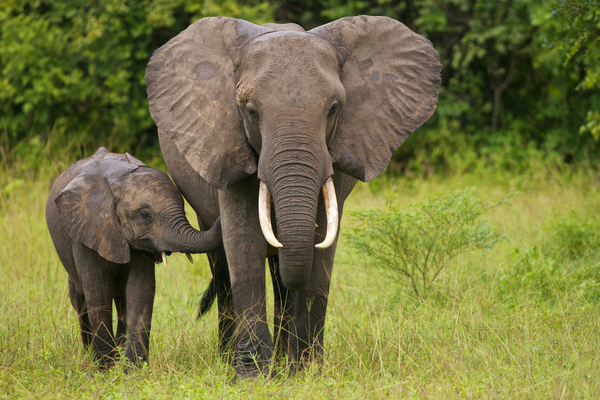
The African elephant generally weighs in around 16,000 pounds and can be up to 13 feet tall (4 meters) at the shoulder, larger than its cousin, the Asian elephant. African elephants are a vulnerable species, with about 470,000 of them remaining. Just three decades ago, there were about twice that many, but illegal poaching and habitat reduction have cut their numbers.
Gone: Mammoth

This outsized prehistoric elephant went extinct about 10,000 years ago. Mammoths grew to be up to 14 feet tall. Oh, take note: Mammoths are different than mastodons.
Here: Bison
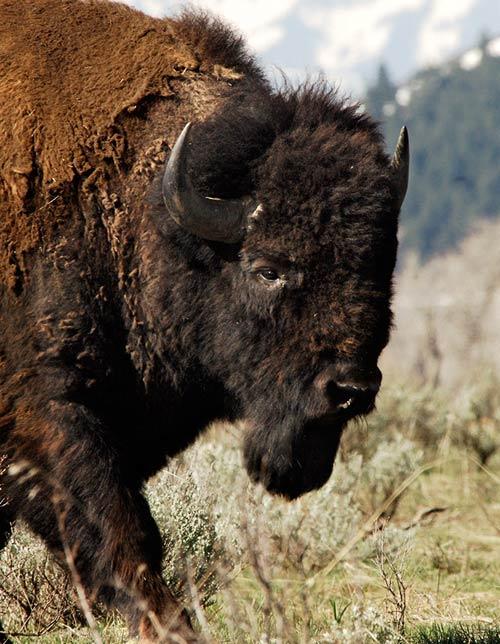
Fact: Bison are not Buffalo. Bison are native only to North America. Early settlers called them "buffalo because they resembled the other creature, and the name stuck. Bison can weigh up to 1,400 pounds.
Get the world’s most fascinating discoveries delivered straight to your inbox.
Gone: Saber-Toothed What?
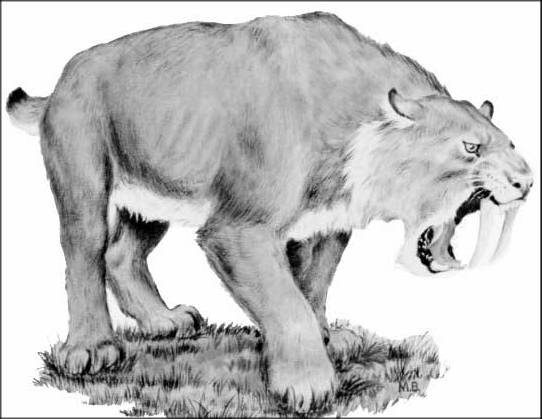
Commonly called a tiger, the saber-toothed cat (Smilodon californicus) is known for its banana-sized chompers. The cat (really, scientists don't call it a tiger) was a bit shorter than a lion, but it was more stout and likely weighed more. Decidedly carnivorous, this beast was common in what's now California during the late Pleistocene epoch, which ended a mere 10,000 years ago or so.
Here: Whales

The blue whale is largest animal on earth, now or ever. They can be 100 feet long and weigh up to 400,000 pounds (181,437 kilograms). And just imagine: They feed on tiny shrimp-like crustaceans called krill, devouring millions of them every day.
Gone: Dinosaurs
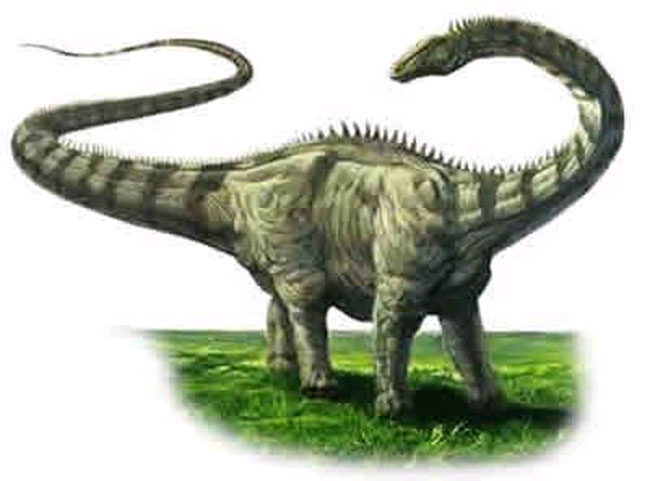
The competition for the world's largest dinosaur isn't clear-cut, but the best guess is Argentinosaurus, discovered in Argentina in 1993. It was up to 130 feet long and may have weighed 110 tons. This beast lived around 100 million years ago. Other dinosaur species might have been longer, but often the fossils aren't complete and scientists can't be sure.
Here: Rhino
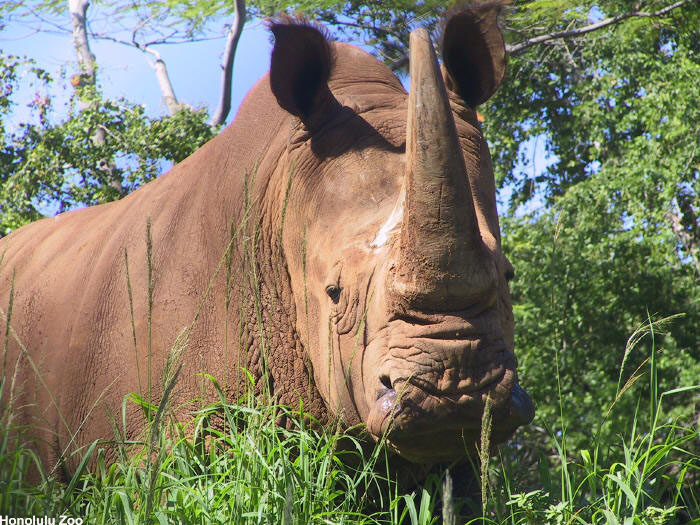
The heaviest white rhinoceros can weight as much as 5,000 pounds (2,300 kg) and be 6 feet tall (1.8m) at the shoulder. Rhinos also suffer from habitat reduction, and poachers value the beast's magnificent horn.
Robert is an independent health and science journalist and writer based in Phoenix, Arizona. He is a former editor-in-chief of Live Science with over 20 years of experience as a reporter and editor. He has worked on websites such as Space.com and Tom's Guide, and is a contributor on Medium, covering how we age and how to optimize the mind and body through time. He has a journalism degree from Humboldt State University in California.



